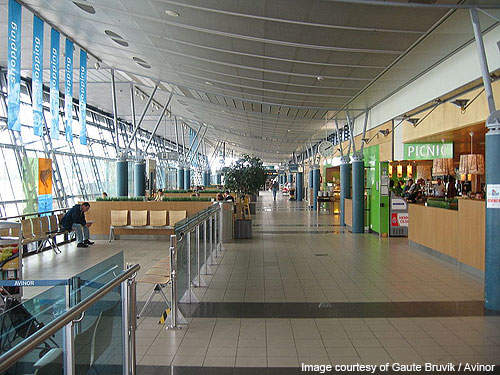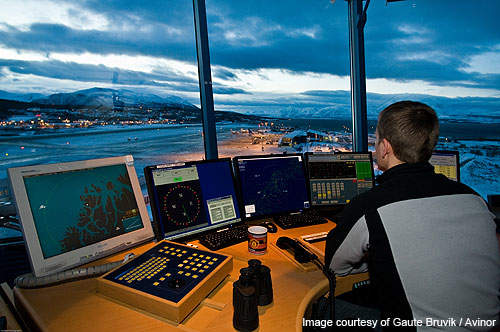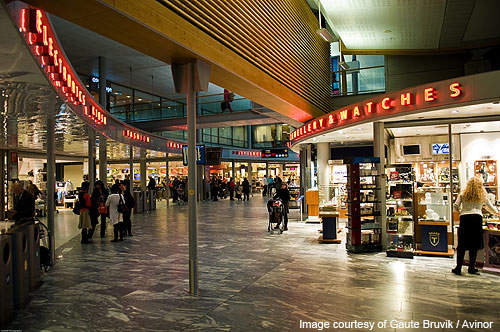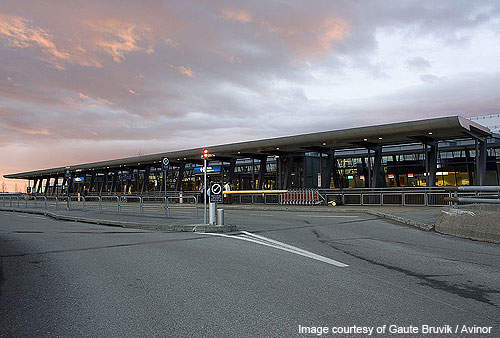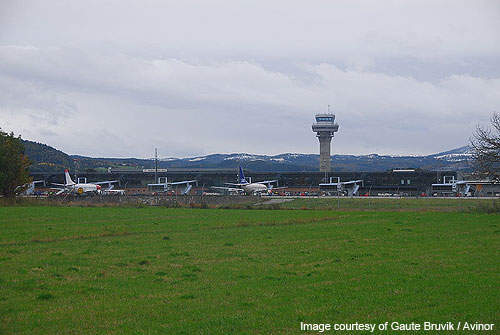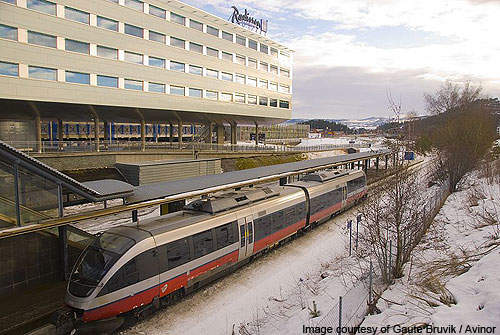Trondheim International Airport is the fourth busiest airport in Norway. It is located 35km east of Trondheim city and is operated by state-owned company Avinor. The civilian aviation at the airport was started in 1951.
The airport recorded passenger traffic of 3.52 million and 55,474 aircraft movements in 2010. It handled 5,322t of cargo during the same year.
Master plan
Avinor prepared a master plan for the airport for the period 2006 to 2050. The master plan proposed a number of key developments for the airport to increase its capacity.
The master plan suggested westward expansion of terminal A and rebuild of jetbridges at the east end of terminal A Gates 36 and 37. It discussed plans to extend terminal B by removing the general aviation. It also proposed the extension of taxiways at both the terminals.
Terminal features
The airport has two passenger terminals namely Terminals A and B, and a single cargo terminal. Terminal A is a domestic terminal opened in 1994. Terminal B is an international terminal opened in 1982. The total area of the two terminals together is 220,000ft².
Terminal A has two levels. The upper level is meant for departures and the lower level for arrivals. The main features of Terminal A are check-in counters, three automatic teller machines, book store and dining facilities. The airlines administration offices and handling agents are located in this terminal. The terminal has five jetbridge stands and four non-bridged gates.
The features of Terminal B include check-in counters, a 6,000ft² duty-free store, a perfume store and airport administration offices. Terminal B also has nine aircraft stands.
The two terminals together have 22 check-in desks, 13 gates, three baggage claim counters and seven air bridges.
The cargo terminal has a 560m² warehouse area with a capacity to store more than 20,000t of cargo.
Runways
The airport has three runways. The first runway (09/27) is 2,759m-long and equipped with category 1 instrument landing system. The second runway (14/32) is a diagonal runway, 1,472m in length. The runway was closed partly for traffic due to poor asphalt quality.
The third runway (18/36) is 1,275m in length. All the runways were paved with asphalt and concrete.
Air traffic control
The first air traffic control (ATC) tower at the airport was established in 1946. In 1955 Trondheim ATC centre was built to monitor the air traffic safety of central Norway. In the same year, a glass dome was also built on top of the control tower. The present ATC at the airport is 55m in height and has been operational since 2005.
Ground transportation
The airport is well connected to and from the city centre with train, bus and taxi facilities. Apart from the Airport Express bus which operates between the airport and the Trondheim city centre at a frequency of 15 minutes, many local, regional and intercity trains are available at the airport.
Norwegian State Railways operates local trains from the airport to the city.
Car rental
Car rental companies such as Budget, Avis, Europecar, Hertz and Sixt have their offices at the airport. The car rental offices are located in the arrival hall of terminal A.
Parking
The airport features more than 3,000 short and long-term parking spaces. The parking port is operated by Europark. The parking lots are numbered P1, P2, P3, P3a, b and P5.
Maintenance facilities
Many hangars and other maintenance facilities belonging to various airlines are located southeast of Terminal B. The largest hangar measures 29,600ft². The airport has six additional hangars.
Other maintenance facilities include mechanical handling, heated storage, and refrigerated and deep freeze storage facilities.
Ground handling services are provided by SAS Ground Services, Roros Fly service and Spirit Air Cargo Handling.

